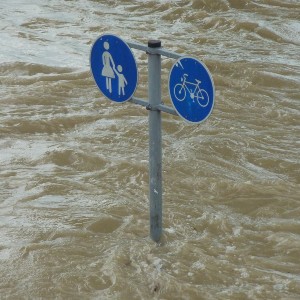Mitigating infectious disease risks through non-stationary flood frequency analysis: a case study in Malaysia based on natural disaster reduction strategy

Accepted: 27 October 2023
HTML: 22
All claims expressed in this article are solely those of the authors and do not necessarily represent those of their affiliated organizations, or those of the publisher, the editors and the reviewers. Any product that may be evaluated in this article or claim that may be made by its manufacturer is not guaranteed or endorsed by the publisher.
Authors
The occurrence of floods has the potential to escalate the transmission of infectious diseases. To enhance our comprehension of the health impacts of flooding and facilitate effective planning for mitigation strategies, it is necessary to explore the flood risk management. The variability present in hydrological records is an important and neglecting non-stationary patterns in flood data can lead to significant biases in estimating flood quantiles. Consequently, adopting a non-stationary flood frequency analysis appears to be a suitable approach to challenge the assumption of independent and identically distributed observations in the sample. This research employed the generalized extreme value (GEV) distribution to examine annual maximum flood series. To estimate non-stationary models in the flood data, several statistical tests, including the TL-moment method was utilized on the data from ten stream-flow stations in Johor, Malaysia, which revealed that two stations, namely Kahang and Lenggor, exhibited non-stationary behaviour in their annual maximum streamflow. Two non-stationary models efficiently described the data series from these two specific stations, the control of which could reduce outbreak of infectious diseases when used for controlling the development measures of the hydraulic structures. Thus, the application of these models may help prevent biased prediction of flood occurrences leading to lower number of cases infected by disease.
How to Cite

This work is licensed under a Creative Commons Attribution-NonCommercial 4.0 International License.
PAGEPress has chosen to apply the Creative Commons Attribution NonCommercial 4.0 International License (CC BY-NC 4.0) to all manuscripts to be published.

 https://doi.org/10.4081/gh.2023.1236
https://doi.org/10.4081/gh.2023.1236




